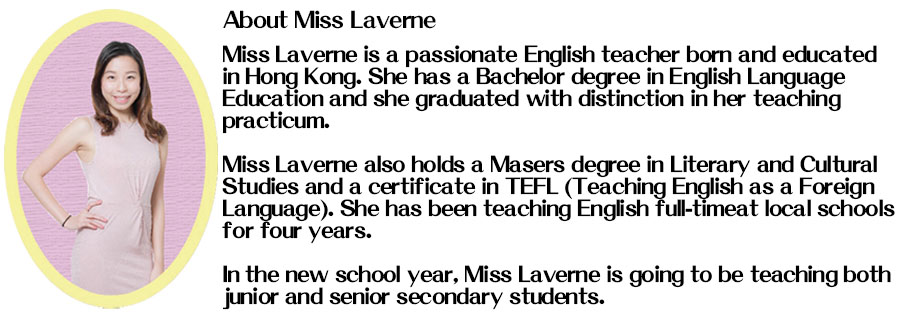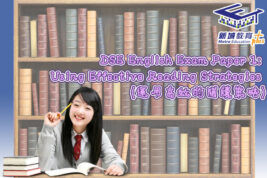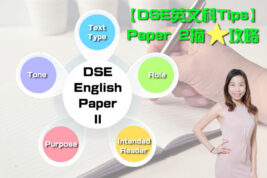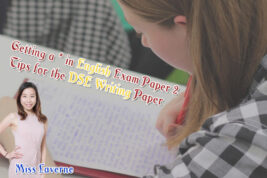In Paper 1, questions are often asked to test candidates’ ability to interpret the writer’s tone and attitude in a text. The English Language Curriculum and Assessment Guide (Secondary 4 – 6) suggests that in order to be an effective reader, learners should be able to recognise ‘the tone, mood and intention of the writer and his or her attitude to the theme or topic’.
Let’s read the following questions from the past exam papers:
“What is the tone in paragraph 1?”
(HKDSE 2013 English Language Paper 1 Part A)
“How does the writer feel in paragraph 3?”
(HKDSE 2014 English Language Paper B1)
“What does the phrase ‘magical rituals and bizarre behaviours’ (line 20-21) suggest about the writer’s attitude towards superstitions?”
(HKDSE 2016 English Language Paper 1 Part A)
“Which word best describes the writer’s tone in paragraph 11?”
(HKDSE 2016 English Language Paper 1 Part A)
“What does the word ‘seriously’ (line 47) say about the writer’s attitude to the magazine’s claim?”
(HKDSE 2016 English Language Paper 1 Part B2)
To answer these questions effectively, candidates need to consider the writer’s choice of words (選字) and the use of figures of speech and rhetorical devices (修辭手段) ,which help bring out the underlying meaning (潛在的意思) and convey the writer’s intent, tone and attitude.
Candidates should consider the following questions:
“What kinds of words does the writer use? Are they emotional (帶個人感情的) or neutral (中立的)? Objective (客觀的) or personal (個人/主觀的)?”
By considering the writer’s choice of words, one can interpret whether he or she has a positive, negative or neutral attitude towards a specific issue or event.
Very often, the tone and attitude of the writer are not explained or expressed directly. An effective reader should therefore be able to ‘read between the lines’ to sense the writer’s tone and recognise his or her attitude.
Candidates should consider the following questions:
Does the writer use figurative (形象化的) language? Does he/she use literary devices such as simile (明喻), metaphor (暗喻), symbolism (象徵) and irony (諷刺) to make a specific point or convey deeper meanings?
Example:
There is just one problem. Superstitions doesn’t work. At least it doesn’t work in the way most people think it does. Superstitions is based on outdated and incorrect thinking. It comes from a time when people thought that luck was a strange force that could only be controlled by magical rituals and bizarre behaviours.
(An extract from The Scientific Study of the lucky Mind by Professor Richard Wiseman,
HKDSE 2016 English Language Paper 1 Part A Text 2)
Read the following extract from HKDSE 2016 Paper 1 Part A Reading Text 2:
Analysis:
The writer’s choice of words such as ‘problem’, ‘doesn’t work’, ‘outdated’, ‘incorrect’ set the tone for the paragraph. They show the writer’s negative attitude towards superstitions. The writer uses the adjectives ‘magical’ and ‘bizarre’ to describe the rituals and behaviours brought by superstitious beliefs. This shows that the writer believes superstitions are irrational, unscientific and questionable. Thus, one can see he is skeptical towards them.
Useful Resource for this Question Type:
To familiarise yourself with the common adjectives which describe the writer’s tone and attitude, visit the following website:
https://copywritinginaction.com.au/tone/
(The Writer’s A–Z of Attitudinal Tonalities, TONE IS ATTITUDE — ATTITUDE IS TONE.)











